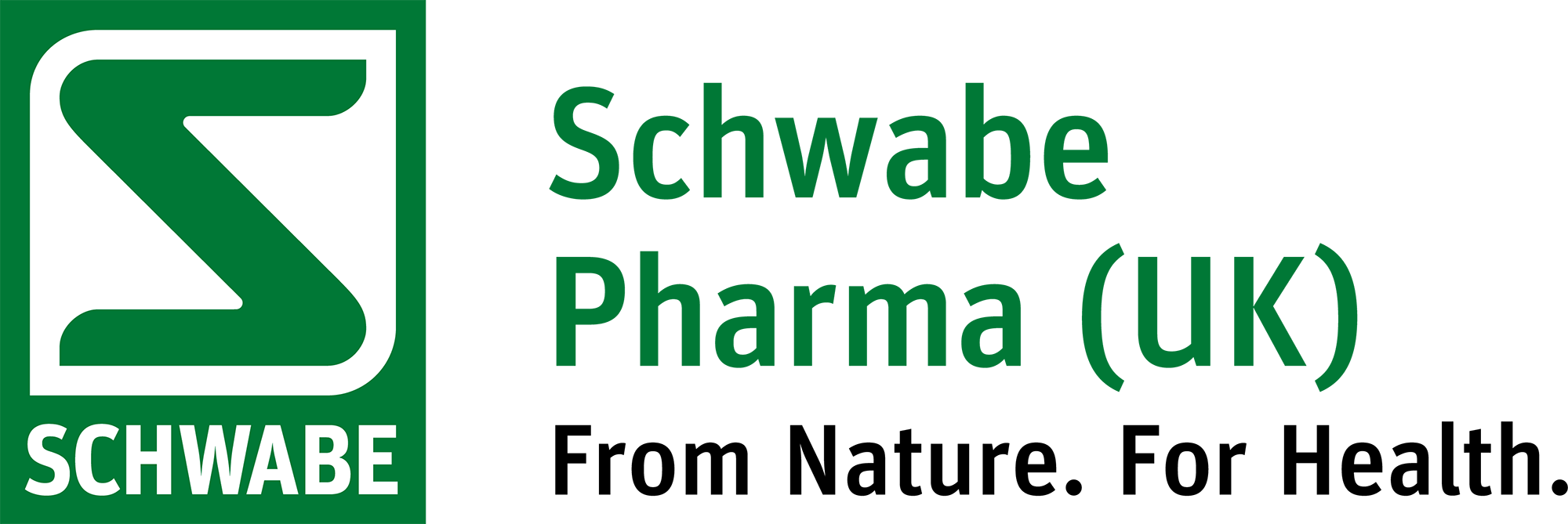Nearly all women of child-bearing age have some premenstrual symptoms
Premenstrual syndrome (PMS) is the name given to the set of physical, psychological, and emotional symptoms that appear in the days leading up to a woman’s monthly period. It is also known as premenstrual tension (PMT). Usually, the symptoms improve when the woman’s period starts, and disappear a few days afterwards.
Nearly all women of child-bearing age have some premenstrual symptoms; those between their late 20s and early 40s are most likely to experience PMS. A small number of these women will have symptoms severe enough that they can disrupt their daily lives. Symptoms include irritability, mood swings, low mood, bloating and difficulty concentrating. These symptoms can continue through the perimenopause stage and into menopause itself.
The exact cause of PMS is not fully understood. However, it is thought to be linked to the changing levels of hormones in the body during a woman’s menstrual cycle. There is no cure for PMS but there are treatments available and changes that can be made to help women manage their symptoms.
Natural support for PMS
Agnus Castus

Agnus castus has been used in herbal medicine for centuries to relieve symptoms associated with female hormonal imbalances such as menstrual cramps, mood swings and water retention.
Benefits of Agnus Castus
Agnus castus is thought to work by prompting the pituitary gland into sending a signal to the ovaries to balance the body’s natural oestrogen-progesterone ratio. This in turn helps to relieve some of the familiar symptoms of PMS such as irritability, depression, breast pain and bloating, which are thought to be triggered by an imbalance of these hormones.
Taken in the years leading up to the menopause, agnus castus can help to regulate the menstrual cycle and control bleeding. It can also be used alone or in combination with other herbs such as black cohosh or sage to help relieve or prevent menopausal symptoms, such as hot flushes, night sweats and headaches.
Agnus Castus can be found in PremHerb – a traditional herbal medicinal product used to help relieve symptoms of premenstrual syndrome such as irritability, mood swings, breast tenderness, bloating and menstrual cramps.
Other natural remedies for PMS
There are several natural remedies and treatments for premenstrual syndrome that some women find beneficial.
Taking calcium is worth considering as the symptoms of PMS and calcium deficiency are very similar. Some believe that Vitamin E can help alleviate PMS. Taking magnesium can help if you retain water during your period. And Vitamin B6 can help to boost the effects of your magnesium supplements as well as being helpful with mood changes.
Evening Primrose Oil has also been found to help alleviate symptoms. Research shows that evening primrose can help treat menstrual problems such as PMS and stomach cramps. It can also help relieve the breast tenderness that many women experience just before their period starts.
Lifestyle Changes
There are a few ways in which you can change your lifestyle to help manage symptoms of PMS.
Change your diet

The food that you eat can have an effect on the symptoms of premenstrual syndrome that you experience. It’s a good idea to eat smaller portions and reduce your salt intake to reduce bloating.
Try to eat lots of fruit and vegetables and avoid caffeine and alcohol as these can interfere with your mood and energy levels.
Get lots of sleep

One of the symptoms of PMS is fatigue, so it makes sense to try to increase your rest and relaxation in these weeks. This includes trying to get more sleep by going to bed earlier. Avoid drinking caffeinated drinks before bed or eating meals too late to ensure that you get a full eight hours sleep.
Do more exercise

Doing moderate exercise at least two to three times a week is a good lifestyle choice regardless. But doing so during the time before your period starts will help to alleviate some of those premenstrual syndrome symptoms. In particular you should try to do aerobic exercise such as walking, running, cycling or swimming.



